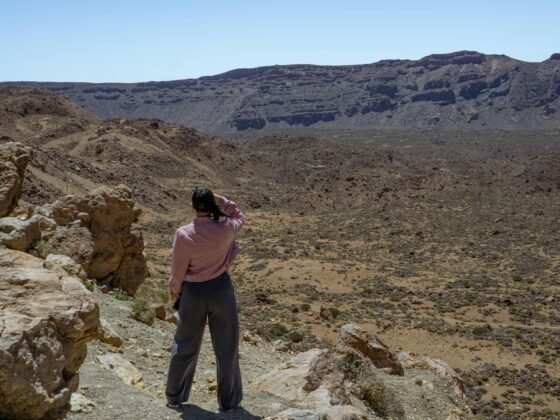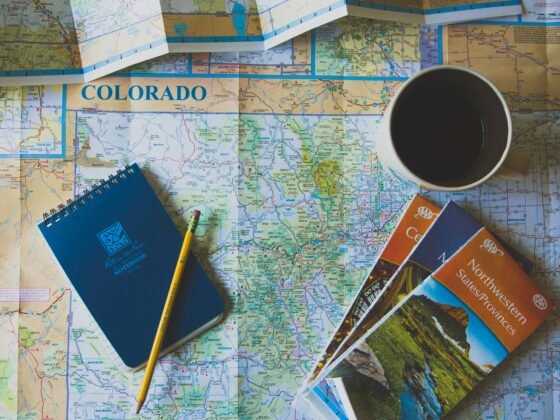Some countries aren’t just famous for historical marvels and cultural figures. In certain places in the world, dances were created that have outlived many other events and inventions in the annals of history.
Spain is one such country. It was here, specifically in the province of Andalucía, in the 16th century, that Flamenco was born. Dance is just one part of Flamenco; Flamenco is an art form unto itself and incorporates shows of bravado, hand-clapping and guitar work. The exact origins of Flamenco are shrouded in mystery, but many scholars associate the original Flamenco song – or cante – with the intermingling of Moorish, gypsy and Andalusian folk traditions.
Flamenco music is generally performed live and spontaneously as opposed to being recorded and so accompanying dancers are a common sight when Flamenco music is heard. Typically, a Flamenco group will consist of a few singers, a guitar player and several dancers.
Andalusia is a popular holiday destination that contains several notable tourist attractions. These include Sevilla, a city where visitors can encounter displays of fiery Spanish dance as well as a peaceful vibe. Tourists can visit historical sites such as the Alcázar palace and its gardens and explore Sevilla’s complex network of cobblestone streets.
The Waltz is generally thought to have developed from a German folk dance, the Lander, but first appeared in its more modern form in the mid-18th century as the Walzer. This dance spread from ballroom to ballroom across Europe and gained notoriety because the male in each pair danced with his hand on his partner’s waist, something never seen before.
The Waltz probably wouldn’t have become as well-known as it is today, though, had it not been for the work of the Austrians, Lanner and Strauss. These two composers invented the Viennese Waltz, with its distinctive fast tempo. Later versions of the dance evolved in places such as Boston, in the U.S. These Waltzes were slower than the Viennese Waltz.
Austria’s highlights include Salzburg, visited by tourists in droves each year. Salzburg’s fame is in part thanks to its wonderful gardens and imposing castle, but mainly due to its status as the birthplace of legendary composer, Wolfgang Amadeus Mozart. Tourists can still visit Mozart’s house. Austria is also renowned for its outdoor opportunities. Visitors can head out to Obernbergersee Lake with its nearby picturesque church, or else venture into rustic villages in the midst of the Gschnitzal Valley.
The Tango is another term that’s used to refer to both a dance and music. The development of Tango occurred in the early 20th century in the Argentinean city of Buenos Aires. Tango arose thanks to the mingling of cultures brought across by European immigrants together with those belonging to South Americans and Africans.
The Tango is thought to have its roots in two dances in particular – the Candombe, from Africa and the Milonga, which had its origins in Spain. Historians point to the young immigrant men who graced the streets of Buenos Aires with their imitations of African Candombe dancing as causing the fusion that eventually produced modern Tango.
Visitors can further explore Buenos Aires’ past by taking a trip to some of its architectural highlights. The May Pyramid, for example, was built as a symbol of the country’s 1810 revolution and features an array of sculptures. Housed in a former Government building, the Museo Histórico Nacional Del Cabildo y la Revolución de Mayo displays artefacts commemorating the city’s past.
The Foxtrot was born in the early 1900s. It had its earliest beginnings in the vaudeville shows of New York. There, in 1914, a young Californian named Harry Fox was performing nightly among other acts. Harry Fox’s dance style included a routine called the Fox’s trot, which was set to ragtime music.
The Foxtrot was further developed by another America, G.K. Anderson, who took part in dancing competitions in London. Eventually, the Foxtrot evolved into an on-the-spot dance, allowing people to enjoy the style even when the dance floor was crowded.
Tourists can experience the city where Harry Fox stole the show by taking a trip to New York City. This world-famous city’s legendary attractions include the expansive Central Park, a model for park design ever since its conception and the towering Empire State Building.
Arising out of the Brazilian city of Rio de Janeiro in 1920, Samba is a style that incorporates both drum processions and even Samba songs. The Samba dance style has its roots in the music of the African people who came to live in Brazil, particularly those from Bahia who immigrated to Rio de Janeiro in the early 20th century.
As the 20th century progressed, Samba music began to diversify into styles such as Bossa Nova and gained popularity through recordings that appeared on Brazilian radio stations. In more modern times, Samba schools have kept the Samba tradition alive, instructing members in the ways of Samba dance and performing at carnivals.
Rio de Janeiro’s attractions include a place dedicated to commemorating the history of Samba and its role in Brazilian culture. The Samba City is a sacred site that measures around 114,000 square metres in size. Visitors to Rio de Janeiro can hardly miss the 38-metre high statue of Christ the Redeemer. Finished in 1931, the statue can be accessed via escalators.









